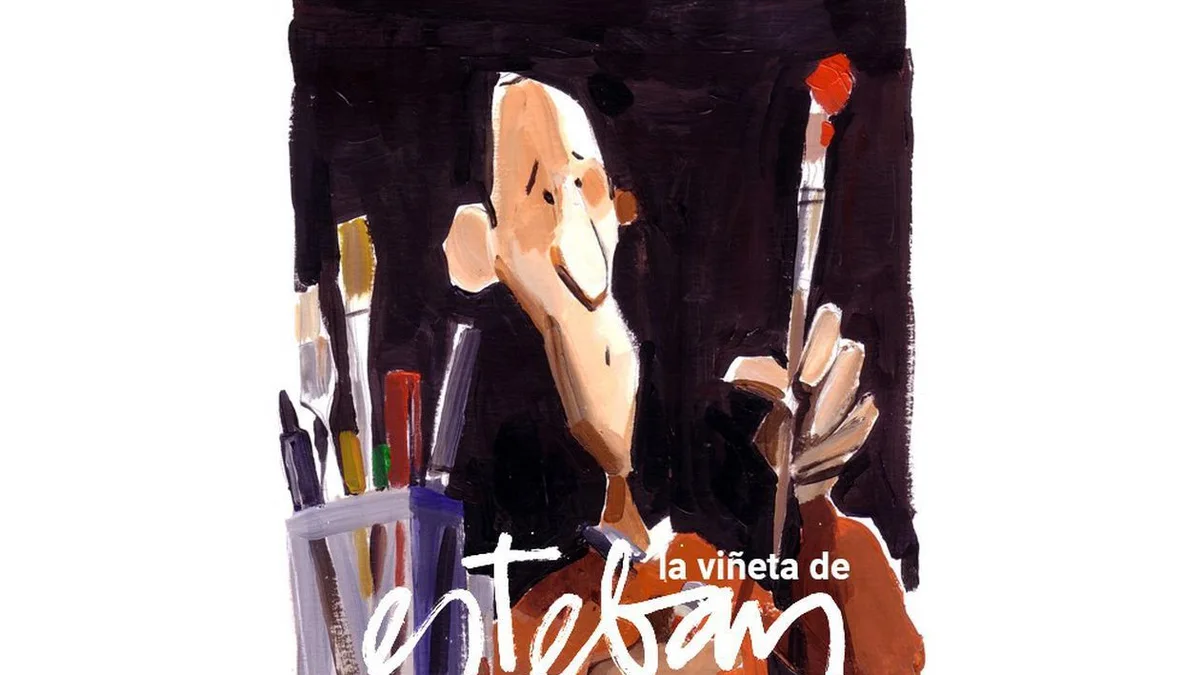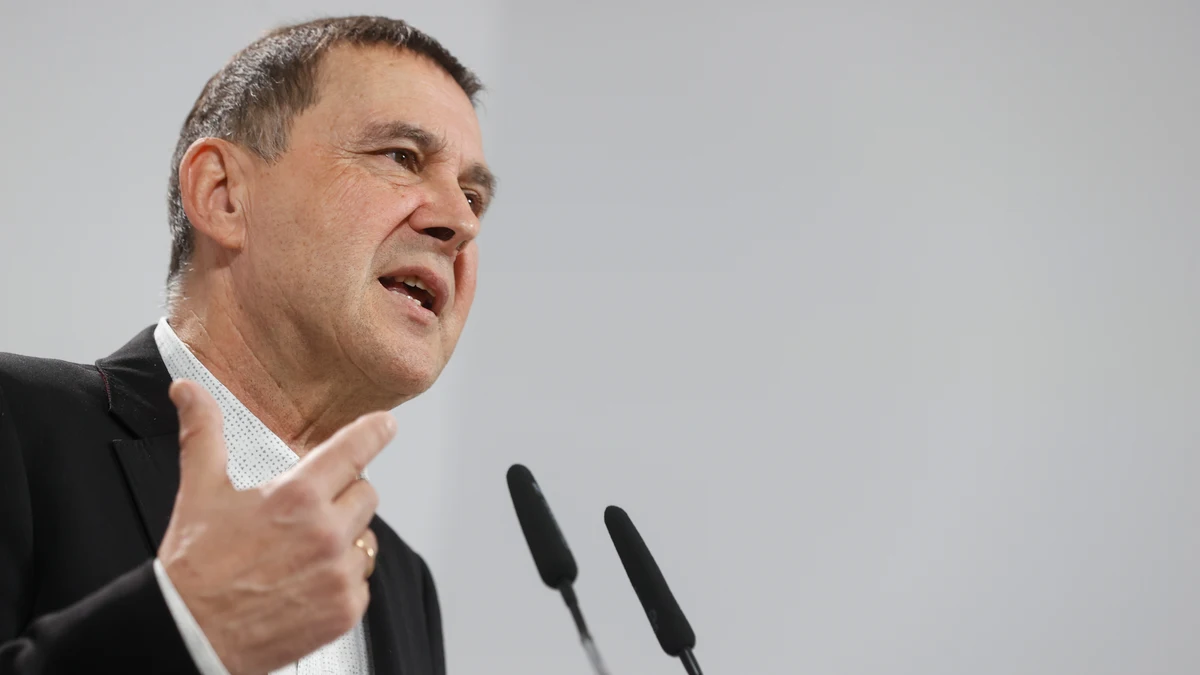David Bowie said it best, “all clichés are true.” So, in the spirit of Mr. Stardust, here’s another: Bilal Sayeed Oliver is on some other s–t. The Philly native, who sharpened his skills in NYC with the help of the Soulquarians, first blitzed the R&B world in 2001 with his seminal, star-packed debut 1st Born Second. It was a critical darling that helped usher in what became known as neo-soul: a genre deeply indebted to past greatness that could only exist in a world in which hip-hop was lingua franca. Singles like “Soul Sista,” “Love It,” and “Reminisce” had his name set alongside contemporary greats likes D’Angelo and Maxwell, and positioned him as one of the future faces of the genre. But that’s not what Bilal wanted.
In his head, he was a jazz artist who made, among other things, soul music. His subsequent projects would prove that out with him releasing albums that replaced the slick boom-bap of his debut with untamed jam sessions and improvised vocal experiments. His last full-length offering, 2015’s In Another Life was perhaps his most idiosyncratic. He and executive producer Adrian Younge pulled from Black music’s past to imagine a future where funk, soul, jazz, and R&B all collided into one beautifully contumacious genre of music. It was no surprise that Kendrick Lamar tapped Bilal that year to lend his uniquely resonant and limber vocal talents to his hip-hop and jazz fusion watershed work To Pimp a Butterfly.
Now, nearly a decade removed from that impactful year, Bilal is back with a new album, Adjust Brightness, that he hopes is able to reach more listeners where they are but doesn’t give up an inch of the restless experimental energy that has informed the best of his past works. “I just wanted to make a vibe record,” Bilal says of the project that was created over a number years spanning all the way back to the Covid-19 lockdown.
But it’s much more than that: With just 11 tracks, the album swings from bright and boisterous at times to tender and hopeful at others. Adjust Brightness is simply Bilal at his best. Billboard caught up with Bilal right before the release of his sixth album to discuss his approach to creativity, painting as his new hobby, and the seances he attended in Morocco.
This interview has been edited for length and clarity.
The last time most people heard from you was around the time of In Another Life when you were all over one of Kendrick’s biggest albums. It all left people wanting more. What have you been up to?
I’ve just been making music, living life. The pandemic happened. I moved to Africa for a while. I came back and was able to get a nice recording space and I got into painting.
Where in Africa did you move?
Morocco.
What was the impetus to go there?
Family. My wife has family over there. So I went over there and it just turned into whole trip for me. A spiritual journey. It’s funny when you’re in a land where you know not many people speak your language. There’s such a different landscape in front of you that you kind of go on a mental journey in your own head. For me, [it was] my own adventure into myself and learning myself. And then it was Corona.
Were you over there for [Covid-19 outbreak]? Or were you back in the States by the time that happened?
It was like before that — and then during that and after that. But when it hit, [I thought,] “I’m just going to stay here.” And it’s crazy, ‘cause I couldn’t make any music, so that’s when I got into painting.
Why couldn’t you make music?
I always can make music, because I always have like a piano or my little laptop situation. But I don’t know, I wasn’t around my buddies. What I did was — a friend of mine, Tariq [Khan], he has a studio, HighBreed over in Brooklyn, where he found this way where you could link your setup to another person’s setup that’s somewhere else in the world and y’all could work together live. We did a project like that [and] it kind of sparked me into making music with my buds. But then I couldn’t anymore. So I went into a world of painting.
Interesting.
I mean, [there] was a lot to paint around me. You know, being in a different environment. So, I started to do that and it kind of got me into creating in a different way than I created before. Fast forward to where I am now, I was able to get a lot more visual in my music, in creating it, than I had before.
Right. And that goes with the title of the album, Adjust Brightness. Did you paint the album cover?
The album cover is a combination of a painting I did and an image of me standing in front of a light and it’s kind of pixelated and chopped up. It kind of phases into, if you look far back, a sunrise. But on one of the [singles’ cover art] was taken from a painting that I did in Morocco.
“Sunshine”?
Yeah, that’s taken from one of my paintings.
What is going on in that painting? It looks like a UFO abducting people.
Uh huh.
Am I far off or am I close?
It was a painting of a UFO inducting a Gnawa seance session, from when I was in Morocco. My cousin out there, I call him Simo, he loves to go to these seances, they’re called Gnawa sessions. Voodoo is to Christianity what Gnawa is to Islam. It’s like, you know, a lot of people don’t know that the Islamic slave trade is older than the sub-Saharan slave trade. Things that happen where you would bunch a lot of different civilizations and take their culture away from them and give them a new religion. The people would create saints out of their ancestors and venerate them under the disguise of religion. So, that’s kind of what the Gnawa is, and it almost felt like going to a Pentecostal church.
Word.
It was based off of this beat that they would make out of the throat of a goat. And when I tell you — this bass sound just like a combination of like, reggae mixed with some transient thing, and the men would just sing at the top of their lungs. And they’re playing this bass and it’s grooving. I don’t know what the hell nobody saying, but I am zoning out.
It’s all based off of these colors. And in these colors, people will come. The bass player would play a song and you would get entranced by one of the ancestors, and each ancestor had a color. So certain people would come with one of the colors that they thought that ancestor [would speak to them through]. And my cousin would come with all the colors on. Because he felt like they all talked to him. So I wound up staying the whole time at these seances. [Laughs.] And the bass sounds like Delta blues, dude. Because it only has three notes. It can only play like a blues scale, kind of. But the way they would groove that shit? Wooo!
Wow.
It starts at like 5:00 in the afternoon and it’s over 5:00 in the morning. And people are catching the Holy Ghost, passing out, freaking burning themselves. I saw somebody start stabbing his face and then they put rose water on it and it disappeared, like nothing ever happened. I was saying, magic happened. I felt like I was like a little boy again in a Pentecostal church. I was just zoning out, man, I felt like I kinda remembered again, you know? It was great. I was having a great time over there and I came back invigorated, you know? Inspired.
But that’s what that painting was. ‘Cause after one of them, I came back so, like, zoned out — I just started painting that scene that I was just at, and how I felt, ’cause if I felt like we was being taken up to another planet. It was amazing.
That is one of the most fascinating cover art stories I’ve ever heard, if not the most fascinating cover art story I’ve ever heard. Did you leave there with a song or a sound in your head that you had to get out?
No, like — I still haven’t digested it. You know, I’ve digested it through the paintings, but I don’t know. When I make music it’s not really intentional. I like to be possessed, and what happens when I come to — I’m like, “Oh s–t that was awesome!” I like to feel like a complete vessel. So when it comes through, it’ll come through, you know. But I just create. I definitely came back like, “Oh man — I wanna make some s–t.”
That reminds me of an interview Ed Bradley did with Bob Dylan, where asked him how he made some of his old songs and Dylan basically says he didn’t and likens their creation to magic.
Yeah, that’s it. That’s the whole point for me.
At this point in time, if you are a vessel, what do you think is flowing through you?
I make so much music now that I just curate what I want to put out because I want to be very intentional now. I’m doing it for the art form. Of course, it’s my Intention to reach the world and become extremely successful at this, but there’s also this charge to do it at a high level but also make it palatable in some way. And I think that’s what I’ve tried to do on this project. I tried to challenge myself to do dope shit I like to do but then also kind of do songs that I felt would be a meeting in the middle almost.
You don’t feel like you’ve have songs like that? I believe you have songs in the past that have accomplished that. Like “Soul Sistah”.
Oh, yeah. That’s always the challenge for me. Because I’m a jazz musician at heart, you know? I would love to just make a hodgepodge of everything going on. I’m not saying I’m doing anything where I’m crossing over or anything like that [Laughs]. When I say Adjust Brightness, I was like, “Man, I’m really gonna make a vibe this time.” This was my intention, just creating a feeling. So this was like a feeling of, for me, Adjust Brightness is warm and soulful.
How do you feel your music fits into the larger market these days? How do you see yourself in the land of playlists?
I don’t know. I hope it makes it to all the cool ones where I can hit like minded individuals on this same mission as me.
We see artists craft songs to cater to streaming and playlisting. This album, like most of your music, doesn’t seem to do that.
Pretty much. The only intentional thing that I did on the record was I wanted to be 11-11. So I was like, we gotta make it 38 minutes and 38 seconds and have 11 songs. That’s the type of intent I be having!
It looks like there’s no executive producer / creative partner-type for this album in the way that the last album had Adrian Younge.
I think that was me this time. I was kind of just trudging myself along and because of the whole corona thing, it was like — the songs that I did at Tariq’s spot were just pieces. They were like half ideas, shapes, and jams that I liked but they weren’t finished. And then when I started to work with Simon and Tom, and we were doing songs like “Tell Me” and “Sunshine,” those other pieces started to make sense more and they kind of revitalized my ideas on those songs, lyrically and everything.
It’s funny — with this record, a lot of stuff almost ended up coming out as just mumble tracks, and I was thinking: Could there be R&B mumble like would that go over like mumble rap? My manager was like, “Do it. You can do it. There’s been rock groups where their whole shtick is there’s no lyrics.” And I was like, “No, in the soul world.”
On Black Messiah, there are songs where I know he’s saying words, but I can’t fully understand what D’Angelo’s saying. Sometimes it comes out of a feeling more so than a word. I think you could have done it, I think people would excuse it because your voice is so good.
Yeah, I mean, that’s what I wanted up doing on this record. For the first time I was letting go of a lot of stuff. I see myself as very meticulous at times but there was a lot of letting go where I was just like, “Oh, man, you’re right. Just let the s–t be mumbled. It feels good!” We came up with this saying, “Feels good, sounds wrong.” [Laughs.] And I was just like, “Man, it kind of goes with the thing of just making this record of vibe for me.”
What’s the one song from the album you want to make sure people listen to?
“Micro Macro,” because that’s the last song, and then immediately the album comes on again. It’s funny. I find myself like stuck in different places of the record.
How do you mean?
Well, I get to different places where I’m like, “I like that sequence.” I don’t play [the album] one song at a time. I tried to craft it in a way where another song would sneak up on you. In that way, I go into different labyrinths putting together the album in a way where it’s transformative, where you can always start at one point and go around.


























